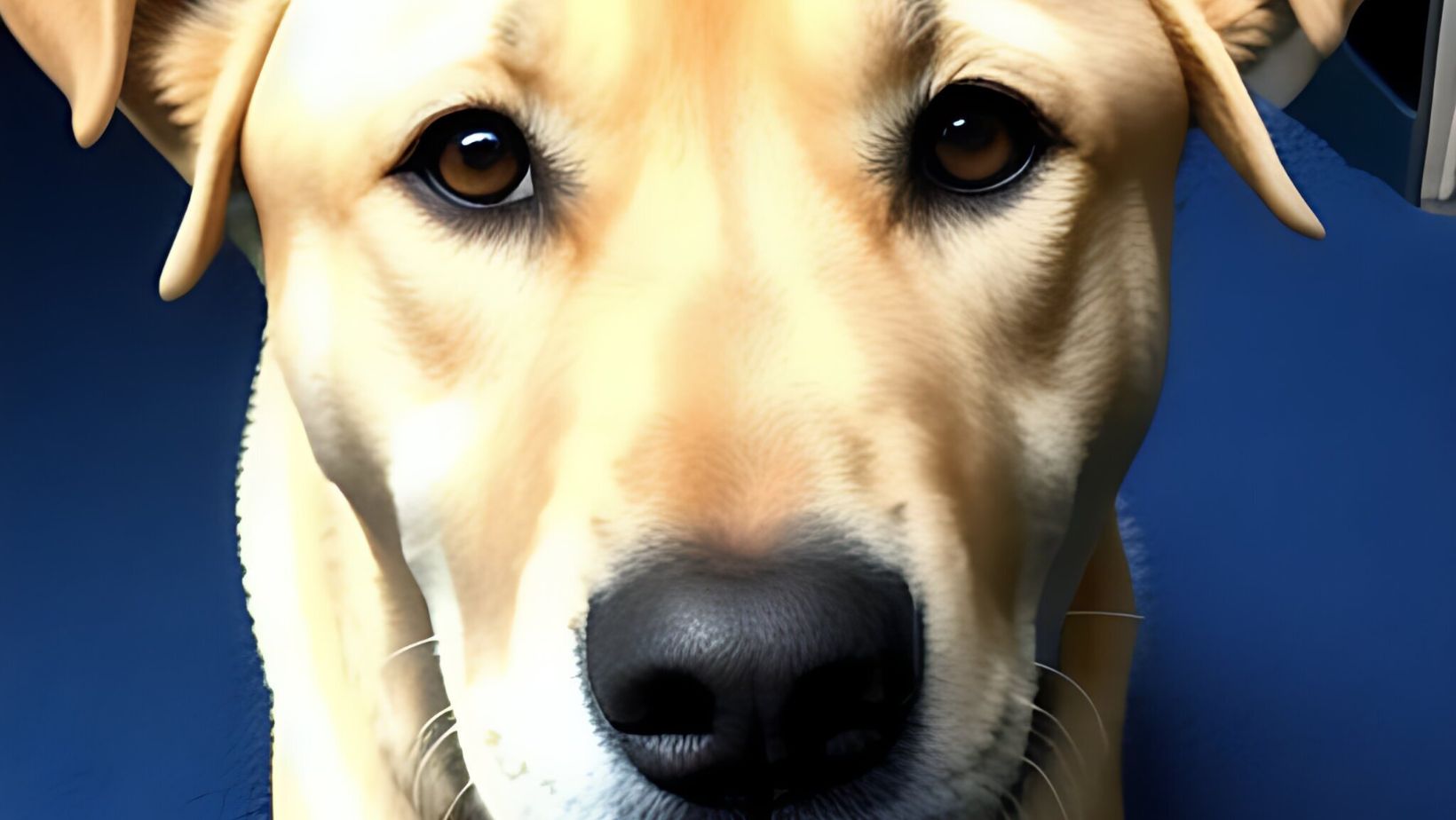How to Get a Dog to Stop Pulling
Are you struggling with a Labrador who constantly pulls on the leash during walks? Don’t worry, I’ve got some helpful tips to help you put an end to this pulling behavior. Leash pulling can be frustrating and make your daily walks less enjoyable, but with a little training and patience, you can teach your Labrador to walk nicely by your side.
Firstly, it’s important to understand why dogs pull on the leash. Some Labradors pull because they are naturally energetic or excited about their surroundings. Others may have never been properly trained to walk calmly on a leash. Whatever the reason, addressing this behavior requires consistent training.
Teaching Basic Leash Manners
When it comes to getting a dog to stop pulling on the leash, teaching them basic leash manners is essential. It’s not uncommon for dogs, including Labradors, to get excited during walks and want to explore everything around them. However, with a few simple techniques, you can train your furry friend to walk calmly by your side.
- Start with proper equipment: Using the right tools can make a significant difference in teaching leash manners. Opt for a sturdy leash that provides you with control while still being comfortable for both you and your Labrador. A front-clip harness or head halter can also help redirect their attention back towards you.
- Set clear expectations: Dogs thrive on consistency and clear communication. Begin by establishing rules and boundaries when it comes to walking on a leash. Use verbal cues such as “heel” or “walk” consistently so that your Labrador understands what is expected of them.
- Reward good behavior: Positive reinforcement is key when training any dog, including Labradors. Whenever your dog walks calmly beside you without pulling, reward them with treats, praise, or even a favorite toy. This will reinforce the idea that walking politely on the leash leads to positive outcomes.
- Redirect their focus: If your Labrador starts pulling or becoming distracted during walks, redirect their attention back towards you using toys or treats as distractions. By keeping their focus on you rather than external stimuli, they’ll be less likely to pull on the leash.
- Practice patience and consistency: Remember that teaching basic leash manners takes time and practice. Be patient with your dog and consistent in your training efforts. Gradually increase the duration of polite walking sessions as they become more proficient.
By following these tips and investing time in training sessions with your Labrador, you’ll soon notice improvements in their leash manners. Remember to remain calm and positive throughout the process as dogs respond best to patient and encouraging training methods. Happy walking!
Choosing the Right Equipment for Training
When it comes to getting a dog to stop pulling, selecting the right equipment can make all the difference in your training efforts. With so many options available, it’s important to choose tools that are safe, effective, and suitable for your dog’s size and breed. Here are some key considerations when choosing training equipment for your Labrador or any other breed:
- Harnesses: Opting for a well-fitting harness can be a game-changer in teaching your dog not to pull. Unlike traditional collars that put pressure on the neck, harnesses distribute weight evenly across the chest and shoulders, reducing strain and discomfort. Look for front-clip harnesses that redirect your dog’s forward momentum when they pull, encouraging them to walk beside you rather than ahead.
- Head Halters: Another option is a head halter, which works similarly to a horse’s halter by giving you control over your dog’s head movements. These devices gently guide your dog’s nose back towards you whenever they try to pull ahead. It may take some time for your Labrador to get accustomed to wearing a head halter, so patience and positive reinforcement are key during this transition.
- Martingale Collars: If you prefer using a collar for training purposes, consider trying out a martingale collar. Designed with an adjustable loop that tightens slightly when tension is applied but doesn’t choke or harm your dog, these collars provide gentle control while preventing escapes.
- Training Leads: In addition to selecting appropriate equipment, incorporating training leads into your routine can enhance control and communication between you and your Labrador. Long lines or retractable leads give dogs more freedom while still allowing you to maintain supervision and intervene if necessary.
- Consultation with Professionals: Remember that every dog is unique in their needs and temperament; what works for one Labrador may not work as effectively for another. If you’re unsure which equipment is best for your dog or if they have specific training challenges, it’s always a good idea to consult with a professional dog trainer or behaviorist. They can provide personalized recommendations and guidance based on your Labrador’s individual traits.
By choosing the right equipment and employing positive reinforcement techniques, you’ll be well on your way to teaching your Labrador to walk politely by your side. Remember, consistency and patience are key in any training journey, and the bond you build during this process will last a lifetime.
